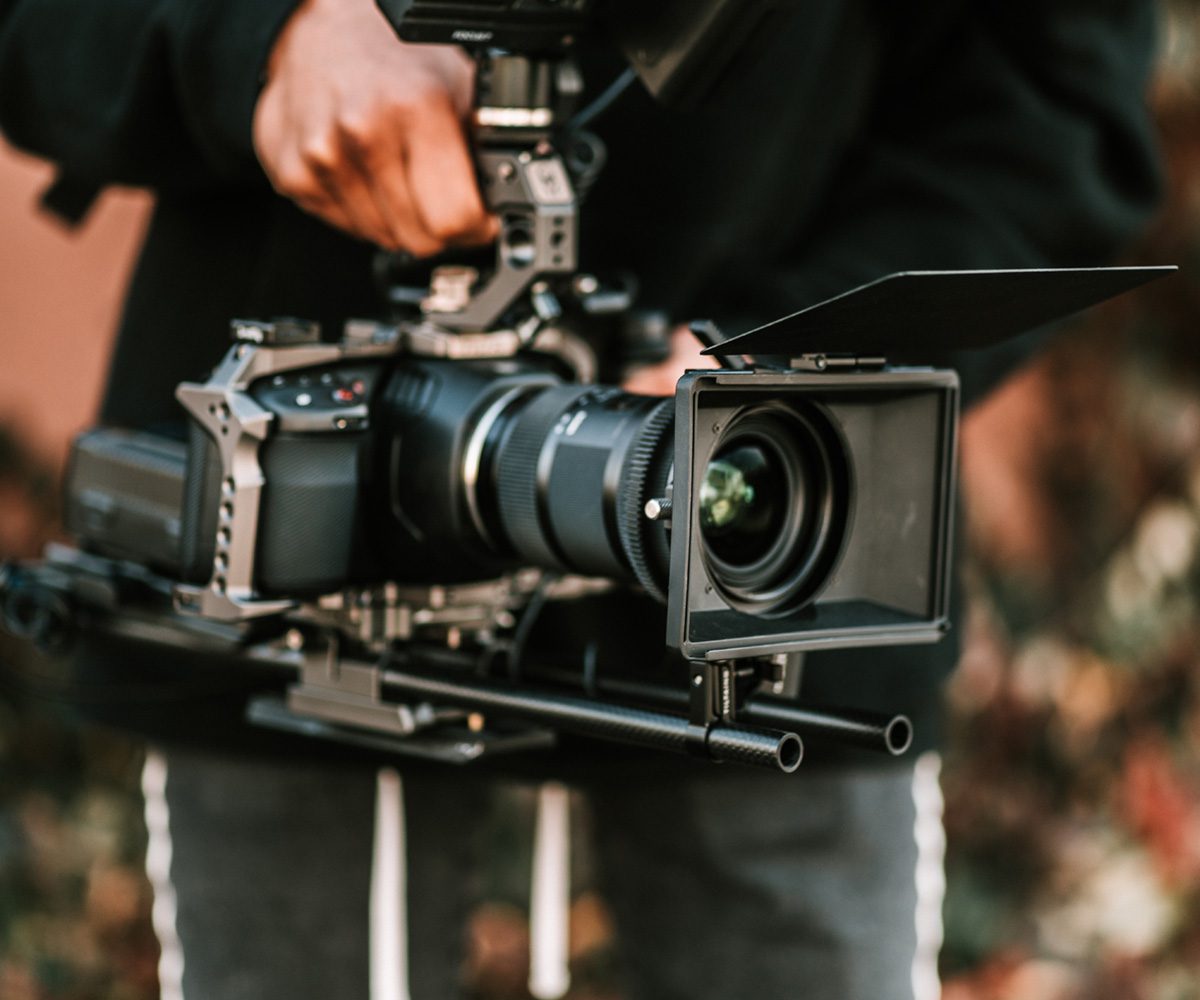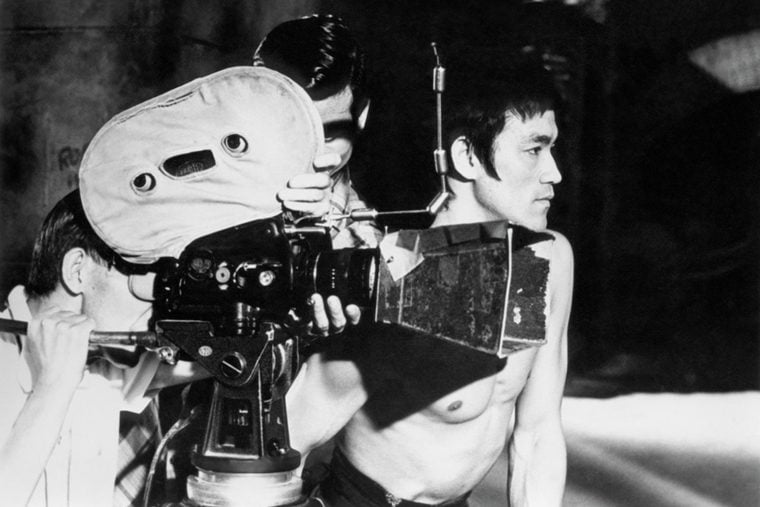Photo by Jakob Rosen. Instagram: @jakobnoahrosen
7 Ways to Maintain Sharp Focus
Filming Documentary Action
Written By Courtney Hermann
Is it just me, or do you routinely find yourself stumbling through a muddy field strewn with debris and fallen logs, struggling to find focus on a surprisingly speedy documentary subject?
Just me? No matter. All documentary subjects move, often unpredictably, and you need to maintain focus if you want usable footage. When you’re collecting coverage of a process, shooting an interaction, or recording any kind of profilmic event, here are a few tools to help you avoid chasing focus around even when you’re chasing people around.
#1) Monitors
If your camera comes equipped with an LCD monitor, you’ve probably noticed that it performs poorly in high ambient light, making focus difficult to gauge by eye. For a low budget solution, attach a sun hood to your LCD. Better still, invest in an on-camera monitor. Popular 7” models are available at a variety of price points. Electronic view finders (EVFs) are a particularly good choice for documentary work because they pair well with a shoulder mounted camera, promoting a compact, stable rig. Some viewfinders allow you to either use the eyepiece or flip it up to reveal a small, high quality monitor.
#2) Focus Peaking
Focus Peaking is available on many DSLR, mirrorless, and cinema-style cameras. Once activated, a visual indicator, such as a confluence of colored dots, appears on your monitor over areas of acceptable focus.
#3) Focus Guides
Focus guides are my favorite focusing tool. They allow you to manually find focus with the help of a focus gauge. Check your camera’s manual to see what options are available. In the best-case scenario, you can select the part of the frame needing sharpest focus, and a visual indicator prompts you to adjust your focus ring until the selection is sharp.
#4) Focus Magnifier
Often denoted by a magnifying glass icon, the focus magnifier enlarges a selected area of the frame, allowing you to closely check focus. Don’t forget to turn magnification off after you fix focus or else you may think you’re shooting a close-up when in fact, you’re in a wide (not that this has ever happened to me).
#5) Face Detection and Tracking
For shots like the one I describe in the introduction to this article, where a subject is moving through space, face detection and tracking come in handy. If your camera auto detects or allows you to select faces and apply tracking to those faces, you can temporarily put focus on auto pilot and concentrate on not tripping over a log while tracking with a subject.
#6) One Push Auto Focus
One push auto focus is your little helper and your panic button. If you need to grab good focus quickly, or if you lose focus entirely and need a quick exit out of a totally blurred image, just press the button.
#7) Depth of Field
Give yourself a better chance to keep good focus the old-fashioned way, by increasing depth of field. If you can’t add light, try bumping up your ISO or choosing a wider focal length. This provides a better opportunity to expose using a smaller aperture opening, which yields deeper focus and a better chance that your moving subject will stay sharp. Just don’t raise your ISO too high for your camera since that introduces noise.
Have fun and stay focused!
Courtney Hermann is an Assistant Professor of Film at Portland State University, an independent documentary filmmaker, and a non-fiction media producer. Courtney’s work is distributed by PBS and its affiliates, through educational film catalogues, at film festivals, and through impact distribution to community partners. Courtney earned an MFA degree in Film and Video Production from Columbia College Chicago. She is a co-author of 7th edition of the textbook, “Directing the Documentary.”






